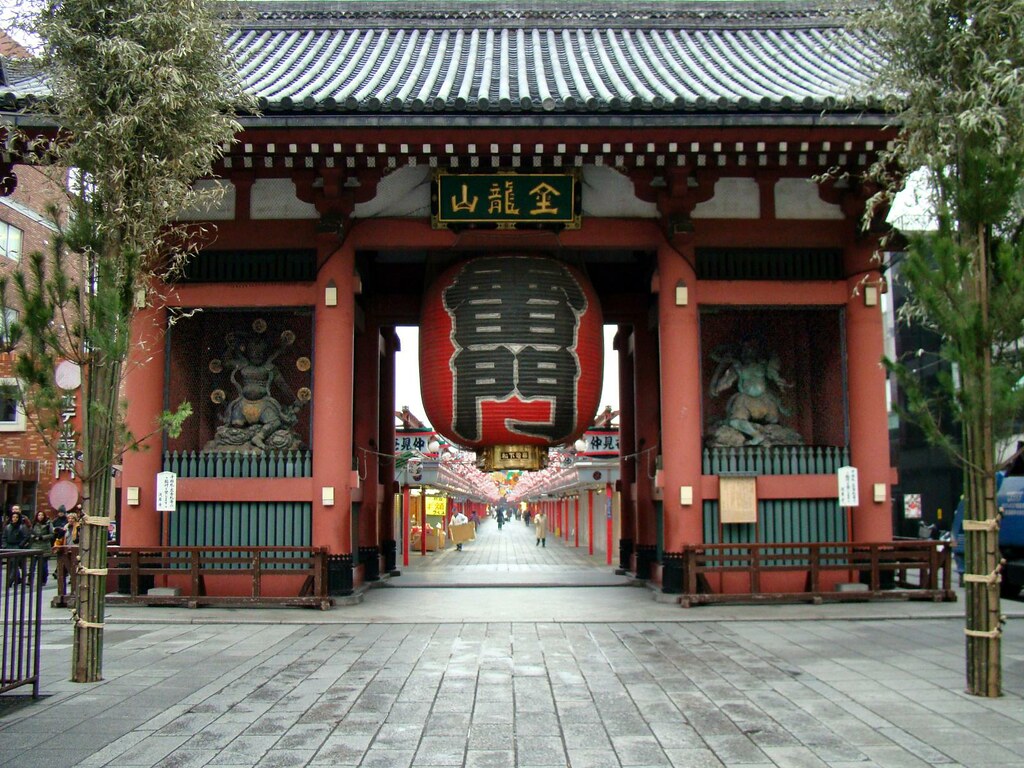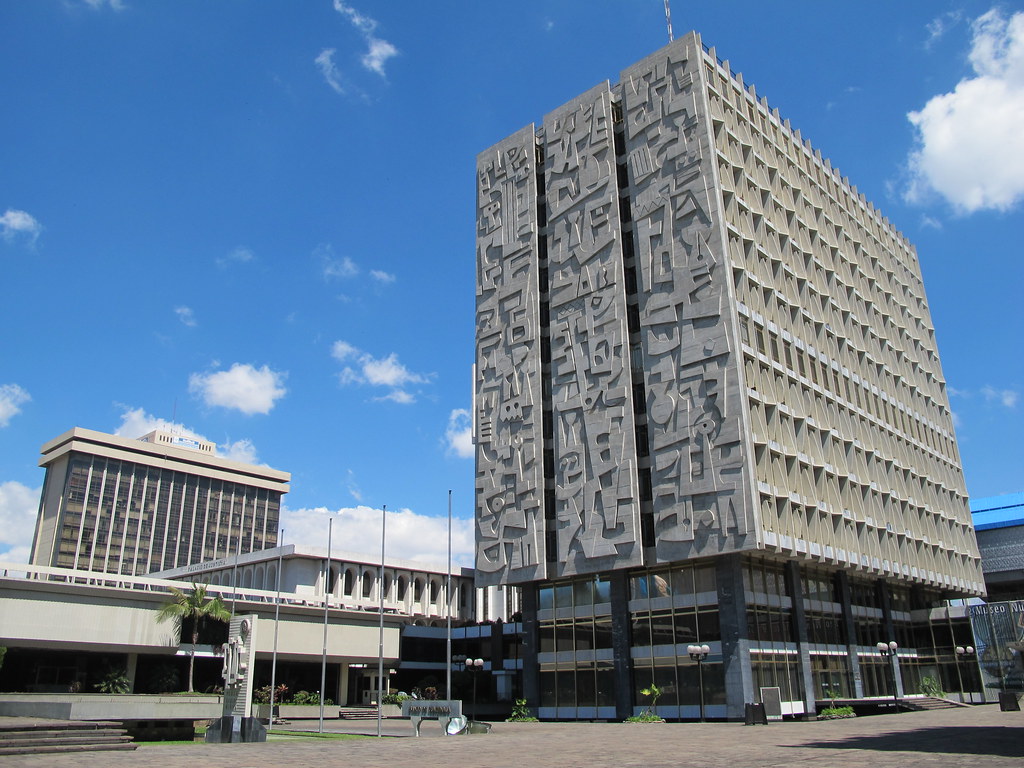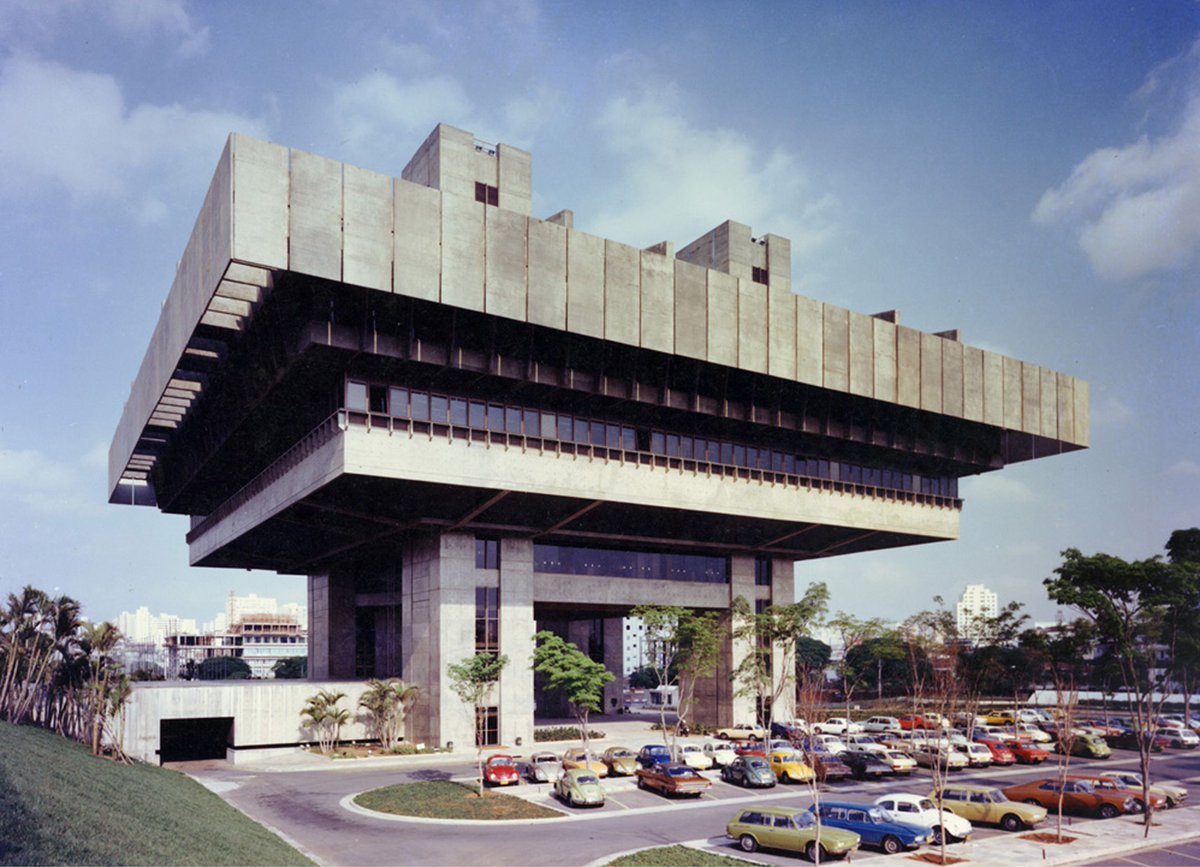
If you ever visit Tokyo, you might come across this. So what is it?
The Kaminarimon (雷門, "Thunder Gate") is the outer of two large entrance gates that ultimately leads to the Sensō-ji in Asakusa, Tokyo, Japan.
It stands 11.7 m tall, 11.4 m wide and covers an area of 69.3 m2.
The Kaminarimon (雷門, "Thunder Gate") is the outer of two large entrance gates that ultimately leads to the Sensō-ji in Asakusa, Tokyo, Japan.
It stands 11.7 m tall, 11.4 m wide and covers an area of 69.3 m2.

The first gate was built in 941, but the current gate dates from 1960, after the previous gate was destroyed in a fire in 1865.
Let's also not forget about Torii.
A traditional Japanese gate most commonly found at the entrance of or within a Shinto shrine, where it symbolically marks the transition from the mundane to the sacred.
It's one of the simplest way to identify Shinto shrines,
A traditional Japanese gate most commonly found at the entrance of or within a Shinto shrine, where it symbolically marks the transition from the mundane to the sacred.
It's one of the simplest way to identify Shinto shrines,

Speaking of gates, there’s one distinctive design feature of Hong Kong skyscrapers that arouses interest – why do some of them have gaping holes in the centre?
These holes, usually rectangular in shape, are classic examples of feng shui at work.
These holes, usually rectangular in shape, are classic examples of feng shui at work.

Feng shui (literally, “wind” and “water”) is the ancient Chinese practice of aligning buildings and objects so that they are in harmony with nature, in order to attract good luck and ward off misfortune.
The holes are known as ‘dragon gates’ and according to feng shui, these holes allow dragons to fly from the mountains to the ocean each day, allowing positive energy flow through the building as a result. 

Legend has it that dragons (which represent wisdom, courage and prosperity in Chinese culture) live in mountains. So in addition to must-have features like doors, windows and roofs, in Hong Kong you can’t forget the hole in the centre of the building that dragons can fly through. 

It’s mostly buildings located near water that feature these intriguing ‘dragon gate’ holes. This enables the ‘dragons’ to have an unobstructed path to the water, thus not blocking the flow of good energy.
• • •
Missing some Tweet in this thread? You can try to
force a refresh













